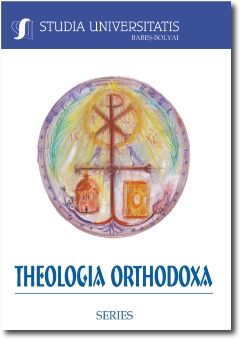THE ADORATION OF THE MAGI IN THE CHRISTIAN ICONOGRAPHY. CASEWORK. FROM THE CATACOMB PICTURE TO RENAISSANCE
THE ADORATION OF THE MAGI IN THE CHRISTIAN ICONOGRAPHY. CASEWORK. FROM THE CATACOMB PICTURE TO RENAISSANCE
Author(s): Marcel Gh. MunteanSubject(s): Christian Theology and Religion
Published by: Studia Universitatis Babes-Bolyai
Keywords: Melkon; Caspar and Balthasar; Byzant; Medieval Age; Renaissance; Giotto; Torriti Cavallini; Fabrianao; Bosch; Weyden; Botticelli Lippi; Mantegna; Leonardo; Dürer.
Summary/Abstract: Inspired from the Holy Bible (Matthew 2, 1-22), the theme The Adoration of the Magi is encountered in the iconography ever since the second century. From the characteristic elements of the scene, we keep in mind: the countenance of The Mother of God and of the Holy Child in profile developing into a frontal expression; the presence of the star; the Magi wearing Persian clothes (caps), starting from the third century. In the Byzantine and Post-Byzantine art, the theme of The Adoration of the Magi, is often included in the representations of Nativity of Jesus, but it can also be represented as individual theme. Taking the compositional scheme of the old models of the catacombs and sarcophagi, the Worship theme is treated with great interest by a number of creators since the post-Byzantine space, until early Baroque: Giotto, Gentile da Fabriano, Weyden and later Bosch, Botticelli, Leonardo and until Mantegna or Dürer will enrich the theme. During the Byzantin Empire the subject remains within norms of iconography, while in the early Middle Ages, the characters humanize, losing their mystery and later being used in more sophisticated compositions. Beginning from post-Byzantine area until the early Baroque. Giotto, Gentile da Fabriano, Weyden onward Bosch, Botticelli, Leonardo until Mantegna or Dürer will enrich the subject.
Journal: Studia Universitatis Babes-Bolyai - Theologia Orthodoxa
- Issue Year: LX/2015
- Issue No: 1
- Page Range: 217-234
- Page Count: 18

